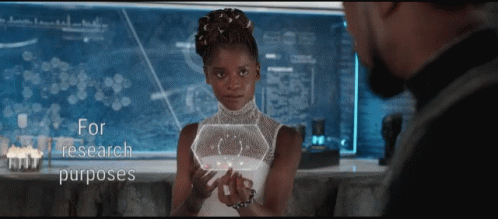INTRODUCTION
Research is an important step in the pre-production stage of any project. It allows you to gain better understandings of concepts, skills, data, facts, opinions, and more. This website aims to give you a good grasp of types, methods and techniques of audience research.
We are going to imagine have been tasked with researching the possibility of producing a film aimed at teenagers.
Lets go through all the stages of research we would perform for accurate results.
Parts of research
There are three main parts of research usually covered, which enables researchers to get a more wholesome idea on how they should progress.
Although we are focusing mainly on audience research here, let's have a look at all parts of research typically conducted by researchers.
-
Audience – who is the target market and what do they want?
If we want to make a film that teenagers would actually want to watch, we have to understand what it is exactly that makes teenagers enjoy films.
Researchers go in to a lot of depth with this, as in the real world nobody wants to make something that won't do well and as such isn't profitable, albeit this is not always the case. Some filmmakers may just want to win an award or prize for a specific criterion, but even here, they will perform some audience research to make sure their film is not completely uninteresting.
In our case, we have to use multiple techniques of audience research to better understand who the people we are appealing or selling to are, and what they want. This can be done through thorough analysis of audience demographics and psychographics.
This is the largest part of research we will be conducting for our film, because as filmmakers we have to understand how to make something that people actually want to watch, because that is usually what making motion pictures is usually about.
-
Market – what already exists and where do we fit in?
Often, in a competitive world with numerous companies pushing to sell their product to customers, firms need to have a very good idea of what is (and isn't) already out in the market.
For example, a company selling phones (such as Samsung) will spend billions (in this case, 12.7 billion USD - click for source) on research and development to better understand what other companies offer and where they stand in the market. This will help them to offer features in their phones that they don't yet have but others do, sell at more competitive prices, better appeal to customers, etcetera.
While doing market research for our film, we could look into
-
Upcoming films targeted towards teenagers
-
Narratives of films aimed at teenagers
-
Number of films similar to the one we plan to make already in the market
-
Duration of films similar to the one we plan to make already in the market, etcetera.
-
Production – how is it done?
Another essential part of research is learning how others produce work similar to what we plan to produce.
Why? So that the quality of our work is very similar, if not the same, as the industry standard; so that we are able to produce competent outcomes.
As filmmakers researching the possibility of making a film aimed at teenagers, we might want to actually go and find out how professionals do this. We could potentially shadow an expert at their workspace, or meet actual creators of similar products and talk to them (this could be in the form of an interview).
Although this would provide us with a deeper and more insightful understanding, it may not always be possible. Another technique for production research is to simply watch and analyse (i.e. take notes on) existing films. This is an excellent way to gain a substantial understanding of how what is on screen was made.
It's called desk research, and we'll go into more depth later on.
We could analyse
-
Cinematography
-
Dialogues
-
Sound
-
Editing
-
Colour grading and correction
-
Angles
-
Mise en scène
-
Clothing, etcetera.
Research questions
Now that we have a good understanding of the types of research, we may have some questions we have to answer.
For our film research, here are some questions we might think about.
Click to enlarge.






This
Not this
DESK RESEARCH
Research plan
Okay, so we have thought about and written down questions we want answered. How will we gather information to answer them? What will be our sources?
A good way to find out is to plan our research. The will allow us to list out what we want to learn more about, so that we can then find out how we would do so.
In this case, if we want to learn more about the audience we are appealing to, we might want to find out about
-
Genre conventions, filmmaking techniques – desk research
-
Demographics – web searches, questionnaire
-
Psychographics – focus group, interview, questionnaire
-
Existing research with facts and figures – web searches, books
-
Deeper understanding – meeting actual creators of similar products, shadowing at a workplace
Approach triangulation
Researchers try and collect data from at least three (hence, 'tri') sources to ensure their findings are accurate and detailed. Data from all three (or more) sources can be compiled to be easily understood, well presented, and detailed.
We will make sure we have a good balance of quantitative and qualitative data.